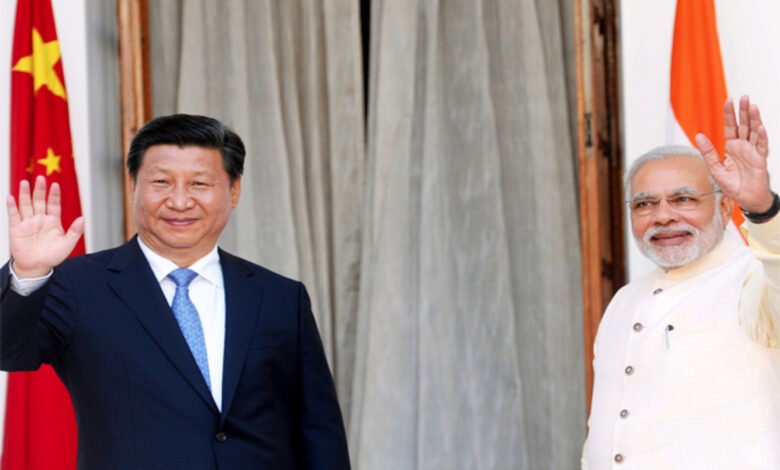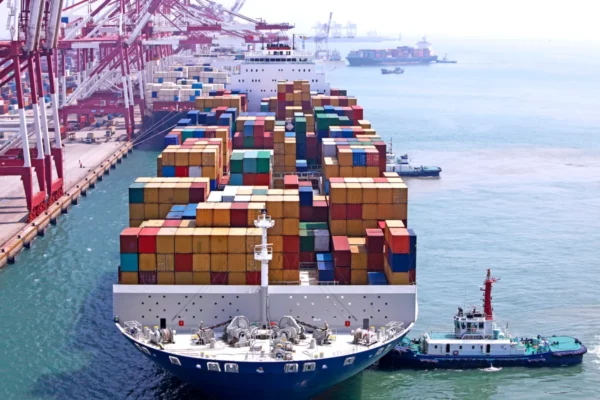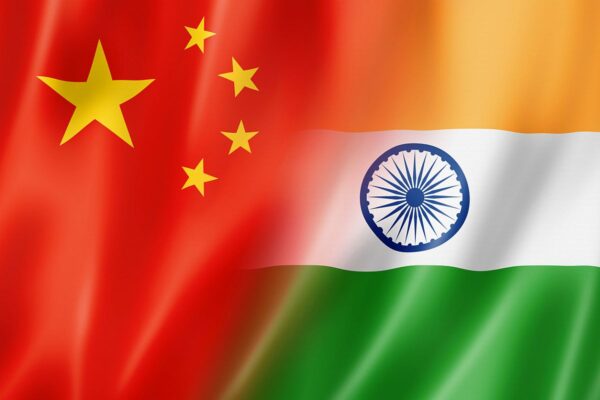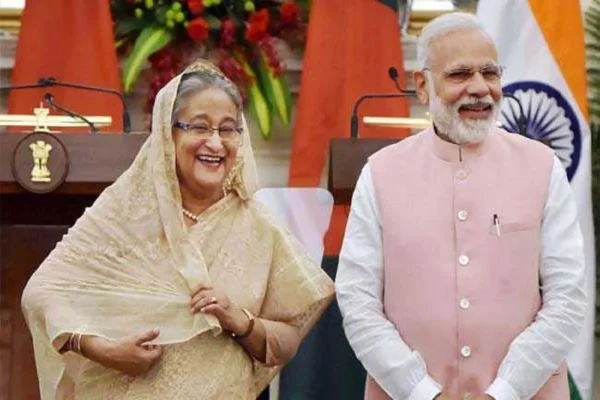Can India Become The Next China As It Gains Momentum In US Exports?

Can India become the next China as it gains momentum in US exports?
India, which many people think has the potential to overtake China as the world’s largest exporter, is now among the top 5 countries sending t-shirts and holiday decorations to the US.
US customs figures show that the value of festival goods and accessories sent by sea to the US last month was $20 million, roughly three times what it was at the same time last year.
India overtook the Philippines as the clear winner in this process as buyers diversified their supply sources in response to rising labour costs and disruptions from China’s strict Covid-zero regulation.
The Walt Disney Company, Target Corporation, Harrods in London, and Dillard’s Incorporated are just a few of the large companies that purchase holiday decorations from Amit Malhotra’s Asian Handicrafts Pvt. He acknowledged that orders are up 20% from a year ago and that he has increased production capacity.
According to Malhotra, director of Asian Handicrafts, “this year we have shipped over 3.2 million items of Christmas decoration, up from 2.5 million last year.”
Even though China exports a sizable portion of Christmas décor items, a lot of first-time customers have just begun approaching us, he added.

Not just Christmas items are popular. Orders from the US and Europe have sharply increased for the third-largest economy in Asia, with the increase focused on labour-intensive, low-cost industries, including apparel, handicrafts, and non-electronic consumer goods.
Even though the US-China trade war began with supply chain diversification in 2018, India hadn’t made much progress at that time since Vietnam had monopolized the majority of the orders that were flowing away from Beijing.
This transformation is being aided by the pandemic, which compelled China to implement strict lockdowns. In the five months that began in April, India’s product exports, which reached $420 billion in the fiscal year that ended in March, have already decreased by more than half.
Analysts consider that to be a fair starting point for the largest economy on the subcontinent, which is currently expanding at the fastest rate in the world, even if it is scarcely comparable to China’s yearly $3.36 trillion in exports.
According to Alex Capri, a research fellow at the Hinrich Foundation, US entrepreneur Merle Hinrich started to foster global ethical trade. Taiwan, the EU, the US, and Japan are eager to give India another chance.
According to Indian government data, exports of Christmas decorations climbed by more than 54% from the fiscal year 2020 levels in the year that ended in March, while exports of handicrafts increased by about 32% over the same period.
China’s continuous decoupling from the global economy and the post-pandemic recovery, according to Siddharth Jain, a partner in Kearney’s operations and performance practice, presents an opportunity for India to accelerate its investment in lengthy competition and prioritize “capable of winning” areas.
India is predicted to have the greatest labour-force density in the world by 2030 and may contribute more than $500 billion yearly to the world economy, according to a report by Kearney and the World Economic Forum.

With India’s exports in FY22 hitting almost $420 billion, far greater than in prior years, Jain remarked, “We have started to see green shoots of this.” “A combination of internal and external causes were responsible for this,”
India has passed El Salvador to rank among the top 5 producers of cotton t-shirts for the US this year.
Several factors, including a ban on all cotton products from China’s Xinjiang area due to claims of maltreatment of its ethnic Uighur Muslim minority, according to Gautam Nair, managing director of Matrix Clothing Pvt., a medium-sized garment export company.
India competes with nations like Bangladesh in the apparel sector. The massive increase in consumer spending and the diversification of the supply chain “further amplified the spike.”

According to Nair, order books for medium- and large-export companies increased by 30% to 40% in the previous fiscal year. This upswing will be more apparent in the current fiscal year, which ends in March 2023.
Orders at Matrix Clothing, which supplies clothing to major global brands like Superdry, Ralph Lauren, Timberland, and Napapijri, increased by 45% in the most recent fiscal year compared to the year prior.
Analysts caution that non-labour costs remain a barrier to the expansion of low-value-added manufacturing.
According to Priyanka Kishore, an analyst at Oxford Economics, the main issues include the past issues with contract enforcements, tax transparency, etc. These problems must be rectified in order for India to fully realize its potential as a manufacturing hub because they do provide a barrier to its manufacturing goals.
Edited by Prakriti Arora




